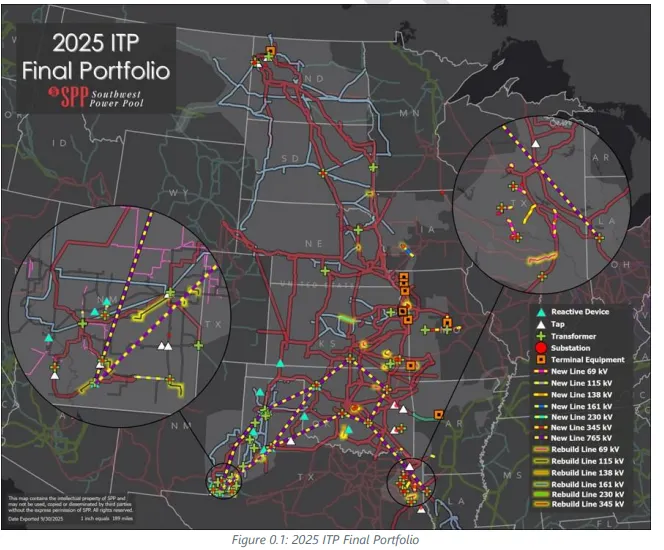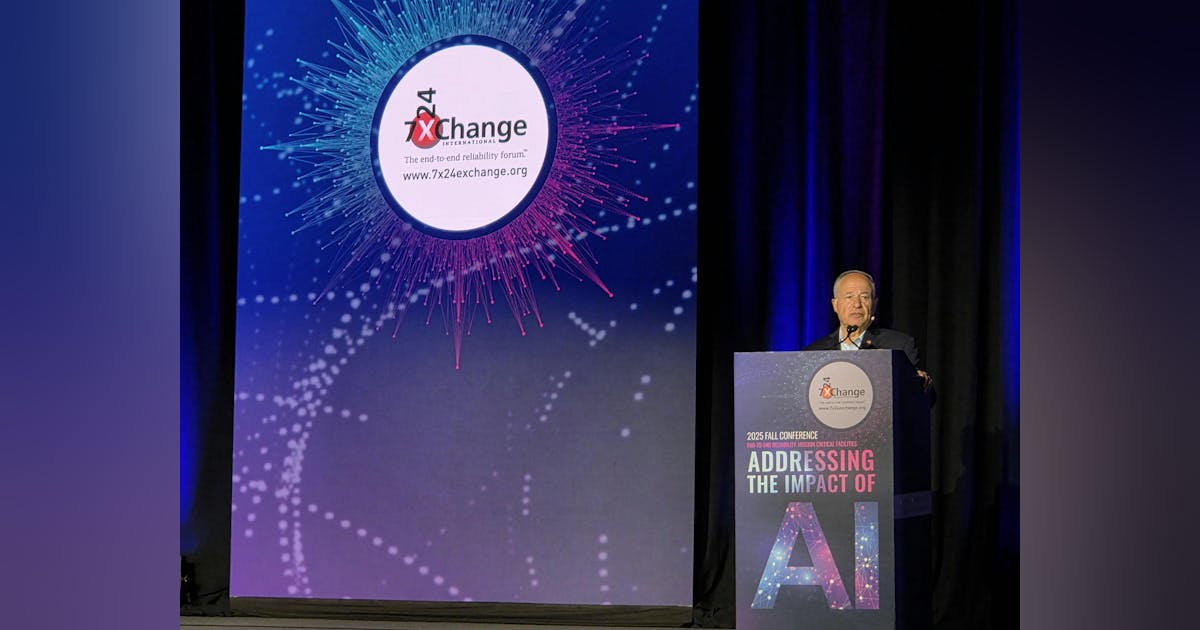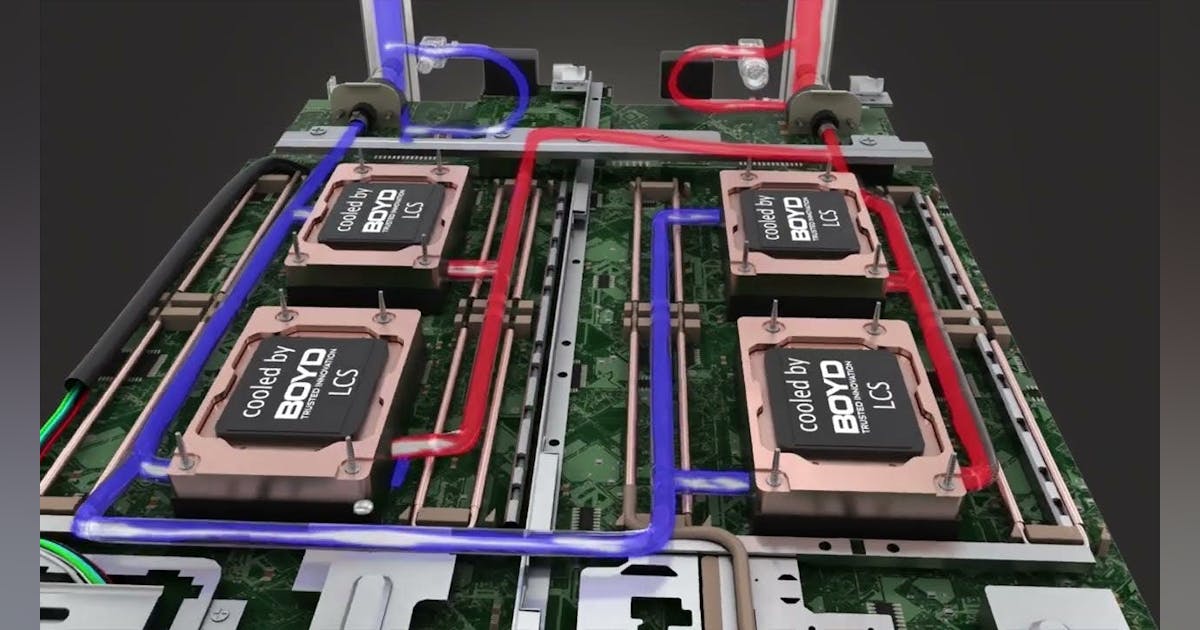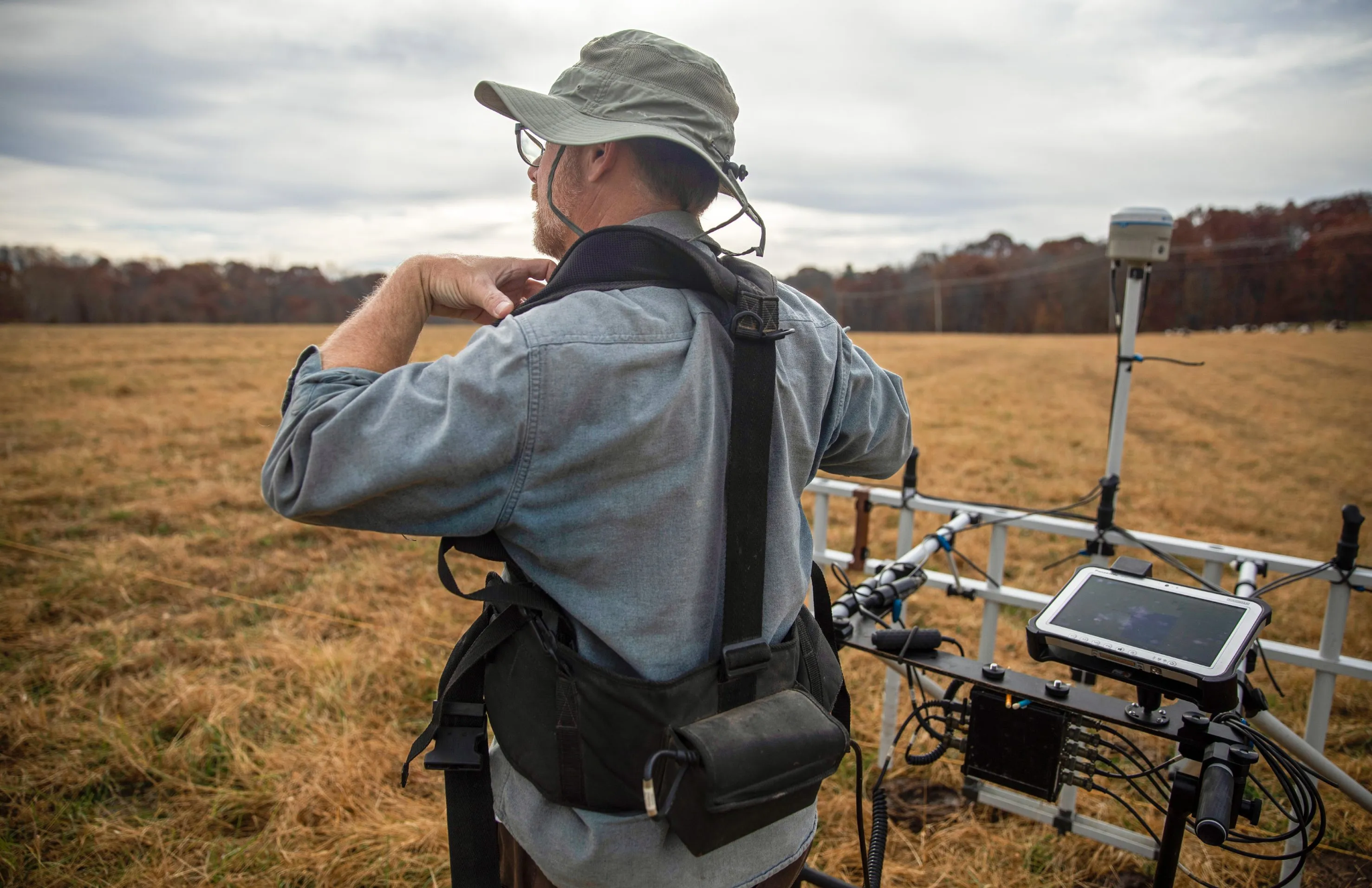
The redevelopment of the Homer City Generating Station in Pennsylvania represents an important transformation from a decommissioned coal-fired power plant to a state-of-the-art natural gas-powered data center campus, showing the creative reuse of a large brownfield site and the creation of what can be a significant location in power generation and the digital future.
The redevelopment will address the growing energy demands of artificial intelligence and high-performance computing technologies, while also contributing to Pennsylvania’s digital advancement, in an area not known as a hotbed of technical prowess.
Brownfield Development
Established in 1969, the original generating station was a 2-gigawatt coal-fired power plant located near Homer City, Indiana County, Pennsylvania. The site was formerly the largest coal-burning power plant in the state, and known for its 1,217-foot chimney, the tallest in the United States.
In April 2023, the owners announced its closure due to competition from cheaper natural gas and the rising costs of environmental compliance. The plant was officially decommissioned on July 1, 2023, and its demolition, including the iconic chimney, was completed by March 22, 2025.
The redevelopment project, led by Homer City Redevelopment (HCR) in partnership with Kiewit Power Constructors Co., plans to transform the 3,200-acre site into the Homer City Energy Campus, via construction of a 4.5-gigawatt natural gas-fired power plant, making it the largest of its kind in the United States.
Gas Turbines
This plant will utilize seven high-efficiency, hydrogen-enabled 7HA.02 gas turbines supplied by GE Vernova, with deliveries expected to begin in 2026. The GE Vernova gas turbine has been seeing significant interest in the power generation market as new power plants have been moving to the planning stage.
The GE Vernova 7HA.02 is a high-efficiency, hydrogen-enabled gas turbine designed for advanced power generation applications. As part of GE Vernova’s HA product line, it offers a blend of efficiency, operational flexibility, and fuel adaptability. Hallmarks of the equipment include:
Power Output and Efficiency: In simple cycle operation, the 7HA.02 delivers a net output of approximately 384 megawatts (MW) with a net efficiency of 42.6%. When configured in a 1×1 combined cycle setup, it achieves a net output of about 573 MW and a net efficiency of 63.4%. In a 2×1 combined cycle configuration, the net output increases to approximately 1,148 MW with a net efficiency of 63.6%.
Hydrogen Capability: The 7HA.02 is capable of operating on fuel blends containing up to 50% hydrogen by volume, with a technological pathway to accommodate 100% hydrogen in the future. This capability supports efforts to reduce carbon emissions in power generation.
Operational Flexibility: The turbine can ramp up to full load in less than 30 minutes, providing rapid response to grid demands. It also features a turndown capability to approximately 33% of its full load, maintaining emissions compliance during low-demand periods.
Fuel Versatility: Designed to accommodate a wide range of gaseous fuels—including natural gas, shale gas, high ethane content gas, and hydrogen—as well as liquid fuels such as #2 diesel and crude oils. This versatility allows operators to optimize fuel use based on availability and economic factors.
Environmental Impact: Utilizing the 7HA.02 in a combined cycle configuration can lead to significant reductions in CO₂ emissions compared to traditional coal-fired power plants, supporting cleaner energy production.
The 7HA.02’s combination of high efficiency, rapid startup, and fuel flexibility makes it a suitable choice for modern power plants aiming to balance performance with environmental considerations.
Scott Strazik, CEO of GE Vernova, told the media:



















